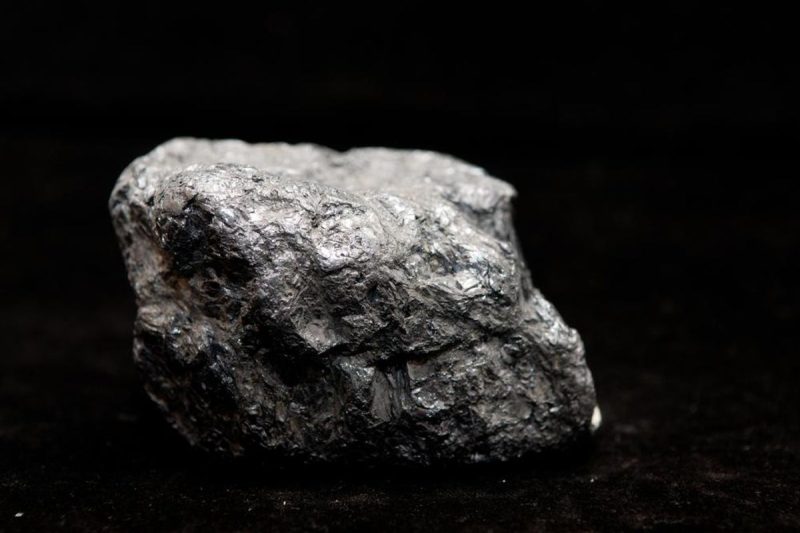With the global demand for rare earth elements on the rise, countries around the world are ramping up their efforts to secure and expand their reserves of these critical minerals crucial for modern technology. In this article, we will delve into the top 8 countries with the largest rare earth reserves, providing insights into their current standings as of 2024.
1. **China**
Unsurprisingly, China continues to dominate the rare earth market with the largest reserves estimated at over 44 million metric tons. The country has been a central player in rare earth production for decades, giving it a significant advantage in meeting global demand.
2. **Russia**
Russia holds the second-largest reserves of rare earth elements, with deposits primarily found in remote regions such as Siberia. The country’s estimated reserves stand at around 12 million metric tons, highlighting its potential to become a major player in the rare earth market.
3. **Australia**
With reserves totaling approximately 6.4 million metric tons, Australia boasts significant deposits of rare earths, particularly in Western Australia and the Northern Territory. The country has been actively investing in its rare earth sector to capitalize on the growing demand.
4. **United States**
The United States ranks fourth in terms of rare earth reserves, with deposits scattered across various states including California, Alaska, and Wyoming. While the country has made efforts to reduce its dependence on foreign suppliers, challenges remain in developing a robust domestic supply chain.
5. **Vietnam**
Vietnam has emerged as a key player in the rare earth market, with reserves estimated at around 6 million metric tons. The country has been expanding its mining and processing capabilities to capitalize on its abundant resources.
6. **Brazil**
Brazil’s rare earth reserves are estimated at approximately 5.4 million metric tons, making it a significant player in the global market. The country has been exploring ways to enhance its production capacity and attract investment in its rare earth sector.
7. **India**
India holds substantial reserves of rare earth elements, with estimates suggesting a total of around 2.8 million metric tons. The country has been increasing its focus on developing its rare earth sector to support its growing technology industry.
8. **Greenland**
As one of the world’s largest islands, Greenland boasts significant potential in rare earth reserves, with estimates exceeding 1 million metric tons. The region has been attracting attention from international investors looking to tap into its vast resources.
In conclusion, the landscape of rare earth reserves is evolving rapidly as countries seek to strengthen their positions in this critical sector. While established players like China continue to lead the market, emerging contenders such as Russia and Australia are poised to play a more prominent role in the future. As the demand for rare earth elements continues to grow, securing a stable supply chain and diversifying sources of these essential minerals will be essential for sustaining technological advancements globally.
